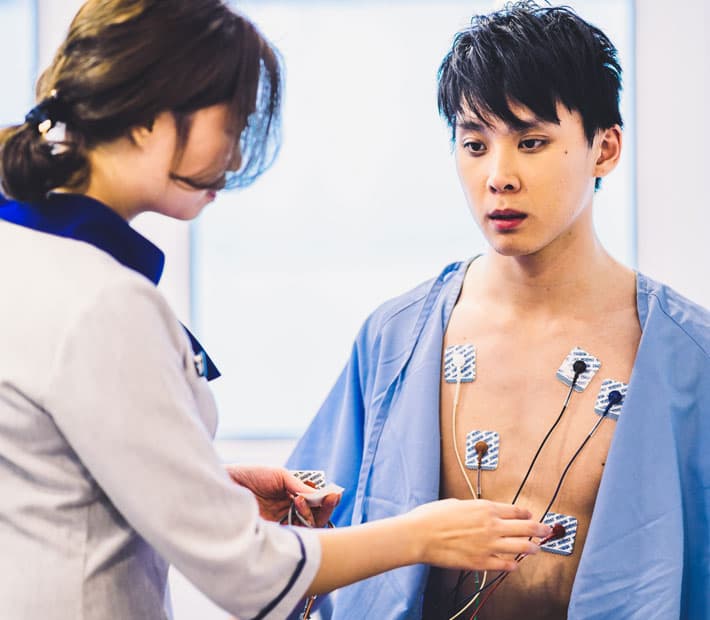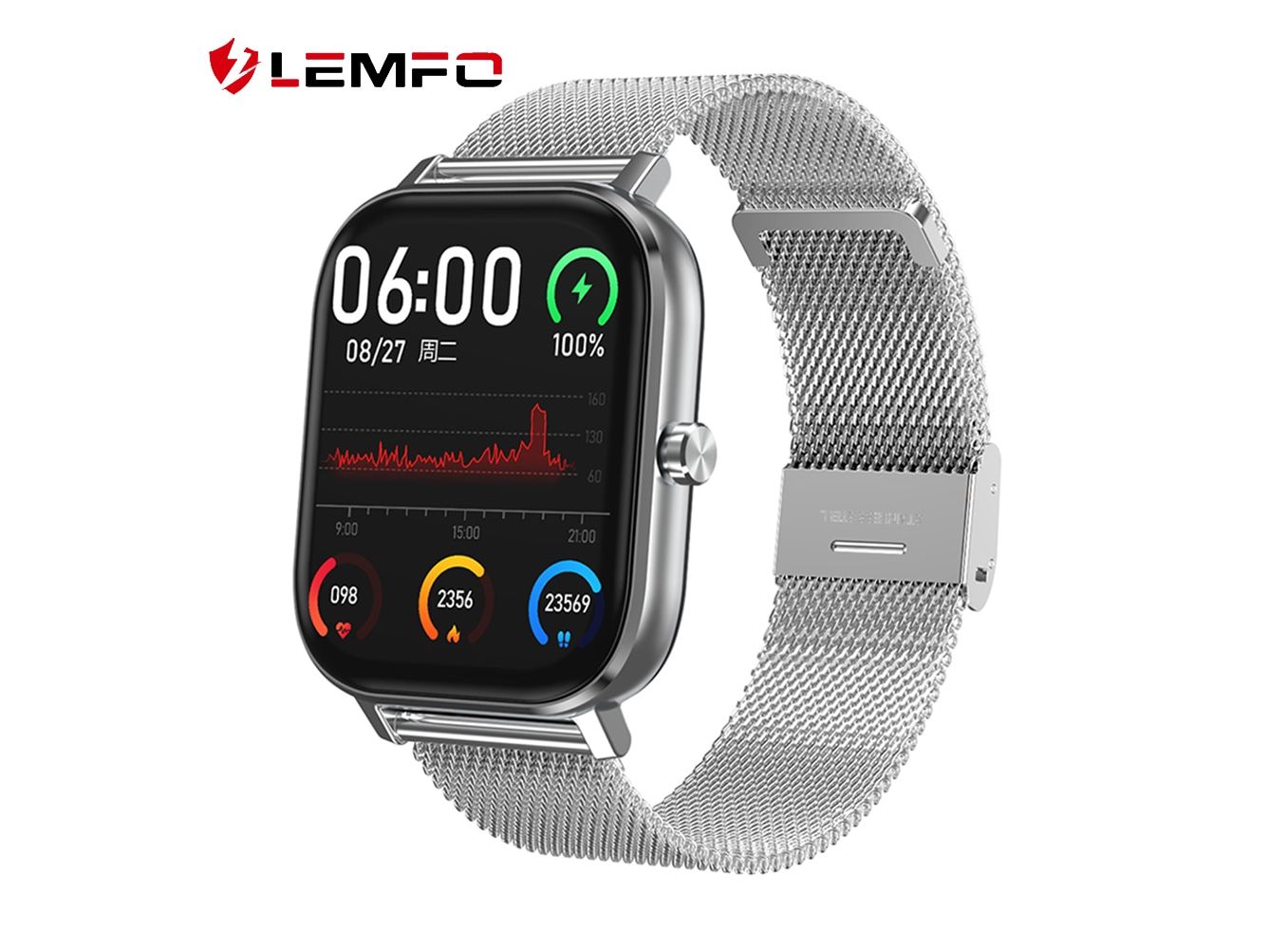

To assess risk for future heart-related events in certain conditions, such as hypertrophic cardiomyopathy (thickened heart walls), after a heart attack that caused weakness of the left side of the heart, or Wolff-Parkinson-White syndrome (where an abnormal electrical conduction pathway exists within the heart).To identify irregular heartbeats or palpitations.To evaluate other signs and symptoms that may be heart-related, such as tiredness, shortness of breath, dizziness, or fainting.

24 hour heart monitor how to#
You will get instructions on how long you will need to wear the monitor (usually 24 to 48 hours), how to keep a diary of your activities and symptoms during the test, and personal care and activity instructions, which include keeping the device dry while you are wearing it. Some Holter monitors also have an event monitor feature that you activate when you notice symptoms. Because of this, the healthcare provider might request a Holter monitor to get a better chance of capturing any abnormal heartbeats or rhythms that may be causing the symptoms. Arrhythmias of this type are hard to record on an ECG done in the office. Or, they may occur only under certain conditions, such as stress or activity.
24 hour heart monitor portable#
You wear the same kind of ECG electrode patches on your chest, and the electrodes are connected by wires to a small, portable recording device.Ĭertain arrhythmias (abnormal heart rhythms) may occur only now and then. Your healthcare provider may request a Holter monitor ECG if you have symptoms, such as dizziness, fainting, low blood pressure, ongoing fatigue (tiredness), and palpitations and a resting ECG doesn’t show a clear cause. Changes in an ECG can be a sign of many heart-related conditions. An ECG records these impulses to show how fast the heart is beating, the rhythm of the heart beats (steady or irregular), and the strength and timing of the electrical impulses. This keeps blood flowing the way it should. Natural electrical impulses coordinate contractions of the different parts of the heart. Then, the electrical activity of the heart can be measured, recorded, and printed. The electrodes are connected to an ECG machine by wires. Electrodes (small, plastic patches that stick to the skin) are placed at certain points on the chest and abdomen. A standard or "resting" ECG is one of the simplest and fastest tests used to evaluate the heart. It records the electrical activity of the heart continuously over 24 hours or longer while you are away from the doctor's office.

Conditions We Treat Expand Conditions We Treat section.In This Section Heart Care Expand Heart Care section


 0 kommentar(er)
0 kommentar(er)
